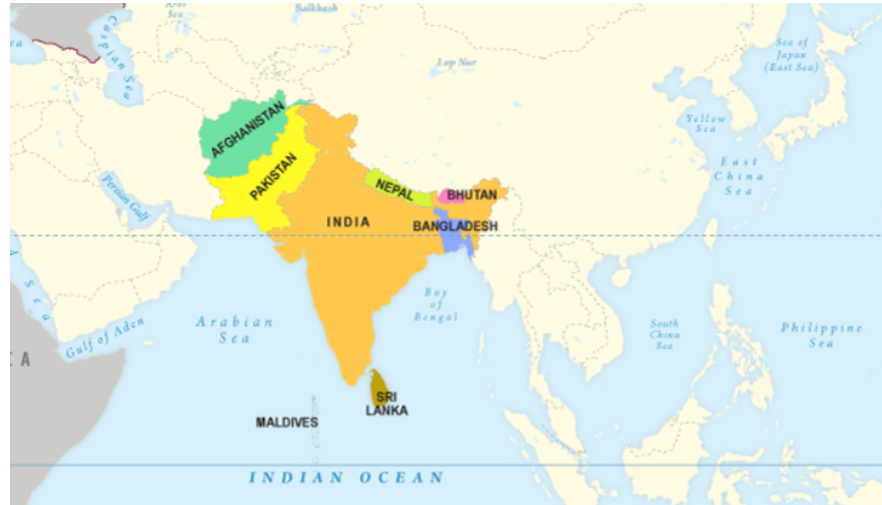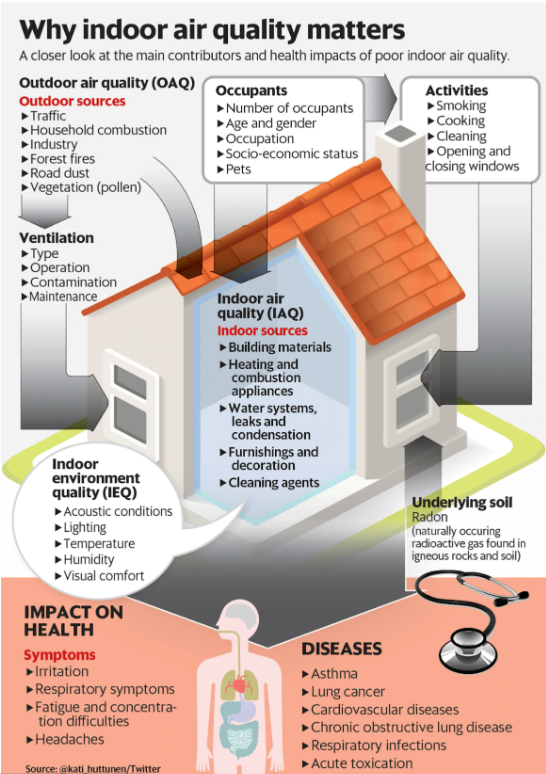3 December 2024 : Indian Express Editorial Analysis
1. Neighbourhood on edge
(Source: Indian Express; Section: The Editorial Page; Page: 12)
| Context |
| The article criticizes the rise of religious nationalism in India, Pakistan, and Bangladesh, highlighting its threat to democracy, societal harmony, and regional stability. |
The Precarious State of South Asia: A Shared Political Crisis

- South Asia finds itself on a perilous edge as India, Pakistan, and Bangladesh grapple with the rise of religious nationalism.
- This trend not only endangers their democratic frameworks but also threatens the societal fabric of decency and mutual respect.
- Despite historical and cultural differences, these nations exhibit symptoms of a shared political malaise, manifesting in heightened religious conflict and authoritarian tendencies.
- They appear to be revisiting the traumas of the 1947 Partition, not to foster freedom or rights but to exacerbate targeted violence.
- The ideological fates of these nations are intertwined, making their individual crises inseparable from regional dynamics.
Bangladesh: Democracy in Decline and Rising Religious Tensions
- Bangladesh, under Sheikh Hasina’s regime, exemplifies a democracy in crisis. Her government’s dwindling popular legitimacy has left the nation at a crossroads, uncertain of the political framework that will follow.
- However, ominous signs point to continued cycles of political recrimination between the Awami League and its opponents, a historical pattern that erodes democratic structures.
- Adding to the instability is the increasing prominence of Islamist forces. With no counterbalancing political force, minorities, particularly Hindus, face growing risks.
- Elite denials of these threats, often ascribed to Indian disinformation, follow a South Asian playbook of communalism: deflecting, denying, or trivializing violence against minorities.
- Performative secularism masks deeper insecurities, perpetuating the vulnerability of minorities.
- For India, exploiting these divisions for domestic political gain risks worsening the situation and undermining its credibility as a regional stabilizer.
India: Majoritarianism and Internal Polarization
- India’s domestic politics, increasingly defined by Hindutva ideology, mirror the challenges of its neighbors. Far from addressing the plight of minorities in Bangladesh with genuine concern, India’s ideological orientation has veered towards majoritarianism.
- Mechanisms such as lynching, bulldozing of minority homes, and the reclamation of religious sites demonstrate a systematic approach to disempowerment.
- The case of the Waqf Board reform exemplifies how legitimate issues are weaponized to marginalize minorities further.
- The aftermath of Ayodhya underscores that religious nationalism is insatiable; it demands continuous victories, often at the cost of political settlements.
- India’s intensifying communal divide not only destabilizes its internal unity but also emboldens religious nationalism in its neighbors. This vicious cycle of religious identity politics risks plunging the region into deeper conflict.
Pakistan: A State Trapped in Its Own Ideological Constructs
- Pakistan serves as a cautionary tale of what happens when state identity is subordinated to religious ideology.
- The targeting of minorities—whether Ahmadiyyas, Shias, or others—highlights the existential risks of using religion as the foundation of governance.
- Recent massacres, such as in Kurram, are grim reminders of the destructive potential of sectarian strife.
- The gap between popular sentiment and military legitimacy exacerbates Pakistan’s fragility. As the state exhausts external minority scapegoats, internal divisions become the new targets.
- Pakistan’s struggles with its ideological contradictions expose the inherent unsustainability of a state defined primarily by religion, offering dark humor as its only solace amidst deepening crises.
A Region Bound by Ideological Spirals
- Ironically, India, Pakistan, and Bangladesh remain ideologically intertwined despite their distinct trajectories.
- India’s Hindutva agenda feeds off Pakistan’s religious statehood and Bangladesh’s Islamist resurgence, while these nations reciprocate by invoking their opposition to India as a defining feature of their identities.
- This mutual antagonism perpetuates conflict and authoritarianism, leaving little room for democratic rejuvenation.
- The history of South Asia offers a singular lesson: state-sponsored religious nationalism invariably leads to authoritarianism, eroding democracy and humanity.
- Without collective introspection and action, these nations risk deepening the very divisions that continue to haunt their shared past.
| Practice Question: Examine the impact of rising religious nationalism in South Asia on democracy, regional stability, and minority rights, with specific reference to India, Pakistan, and Bangladesh. (250 words/15 m) |
2. Choking on smoke
(Source: Indian Express; Section: The Ideas Page; Page: 13)
| Topic: GS3 – Environment |
| Context |
| The article emphasizes the urgent need to address household air pollution in India through health-focused transitions to cleaner energy, particularly LPG, to achieve both environmental and public health benefits. |
Air Pollution in India: A Widespread and Multifaceted Crisis
- While the annual deterioration of air quality in regions like the National Capital Region (NCR) garners significant attention, India faces a broader, year-round challenge of air pollution, stemming from diverse sources across urban and rural areas.
- The 2024 Lancet Countdown on Climate Change and Health underscores the urgent need for health-centric climate finance and strategies, advocating for transitions to clean energy sources to mitigate health risks and reduce reliance on fossil fuels.
Household Air Pollution: An Overlooked Contributor to Poor Air Quality

- Household air pollution (HAP), caused by the burning of solid cooking fuels like wood, coal, and dung, is a major yet underappreciated contributor to India’s air pollution crisis.
- These practices, prevalent in poorly ventilated rural homes, release harmful pollutants such as PM2.5, black carbon, and carbon monoxide. The health implications are severe, ranging from respiratory diseases to developmental issues in children.
- Studies reveal that HAP exposures often exceed WHO air quality guidelines by significant margins, disproportionately affecting rural populations.
HAP’s Role in Ambient Air Pollution
- Contrary to the traditional focus on coal and industrial emissions, recent studies highlight the significant role of residential biomass combustion in contributing to ambient air pollution (AAP).
- Estimates suggest that HAP accounts for about 30% of national PM2.5 levels, with varying impacts across states.
- Eliminating residential biomass combustion could bring ambient particulate matter levels below the National Ambient Air Quality Standards (NAAQS) in most districts, showcasing its potential as a game-changer in addressing air pollution.
The Double Burden of Biomass Fuels on Health and Climate
- The continued use of biomass fuels not only exacerbates health risks but also hinders climate goals.
- Biomass combustion releases short-lived climate pollutants like black carbon, a potent atmospheric warmer, intensifying climate change.
- Transitioning to cleaner fuels like LPG presents an opportunity to simultaneously tackle health and climate challenges, as LPG use drastically reduces emissions of climate-damaging pollutants and harmful air toxins.
Leveraging the Pradhan Mantri Ujjwala Yojana (PMUY)
- India’s Pradhan Mantri Ujjwala Yojana (PMUY) has laid the groundwork for widespread LPG adoption, providing access to nearly 99% of households.
- Studies show that offering free LPG can effectively eliminate biomass fuel use, even among the poorest households, aligning with WHO interim targets for household air quality.
- Strengthening PMUY through additional subsidies and financial support can ensure sustained transitions, yielding significant health and environmental co-benefits.
A Call for Health-Centric Climate Investments
- Global climate strategies must prioritize equitable energy transitions that address the immediate health and environmental impacts of biomass combustion.
- Promoting LPG as an interim solution aligns with both public health objectives and long-term decarbonization goals.
- Failure to include such measures risks perpetuating energy and health inequities, leaving vulnerable populations to bear the brunt of unjust transitions.
- India stands at a critical juncture to showcase the feasibility of a health-focused intervention by eliminating household air pollution, setting a precedent for other developing nations.
| Harmful Effects of Indoor Pollution |
|
| Practice Question: Discuss the role of household air pollution in India’s air quality crisis and evaluate the effectiveness of transitioning to LPG through schemes like the Pradhan Mantri Ujjwala Yojana (PMUY) in addressing health and environmental challenges. (250 words/15 m) |
